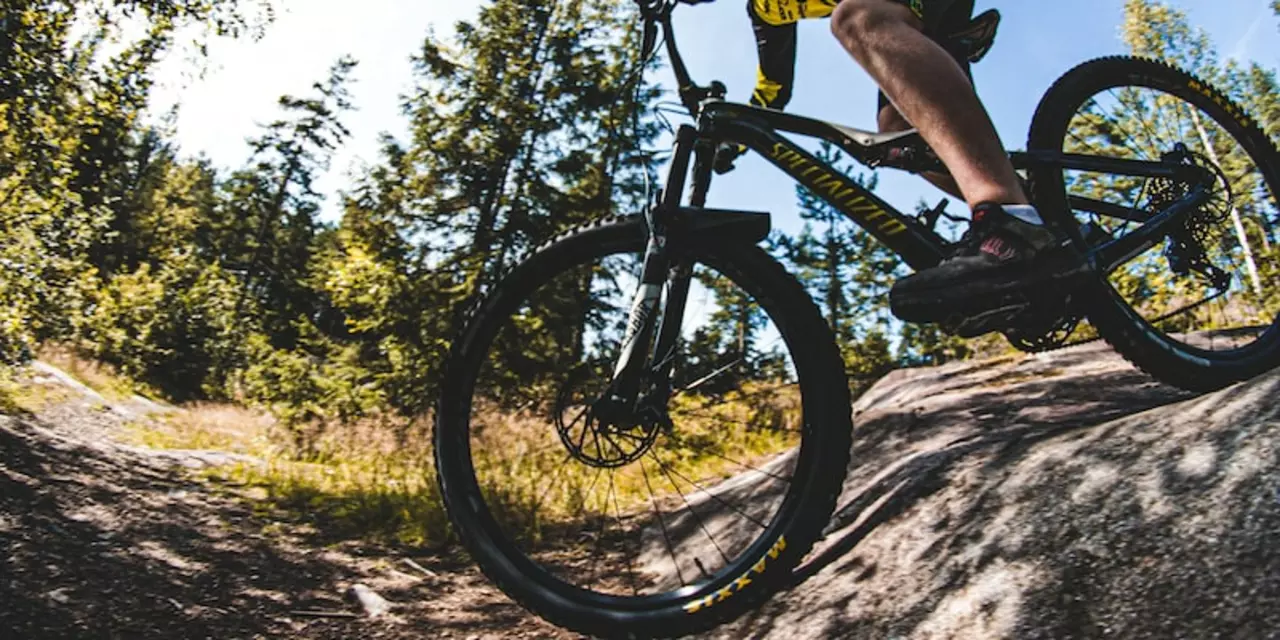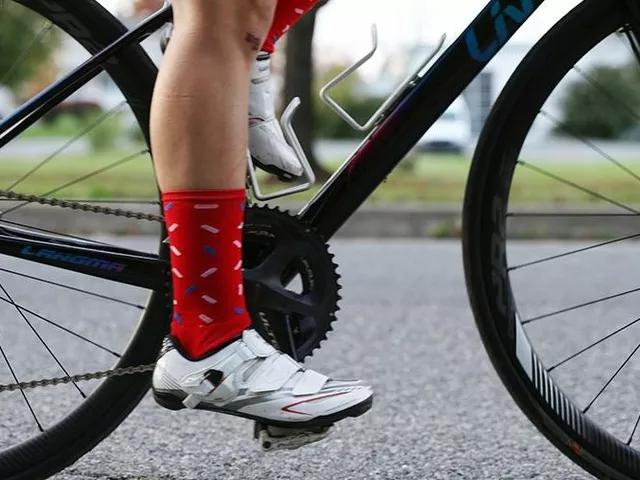Mountain Bike Reviews: Real‑World Picks and Durability Advice
Thinking about a new mountain bike but not sure which model will survive the rough trails around Skipton? You’re not alone. Riders often ask if a mountain bike is tougher than a road bike, and the answer isn’t as simple as “yes.” It depends on frame material, components, and how you care for the bike. This guide breaks down the most important factors, gives you quick reviews of popular models, and shows how to match a bike to your riding style.
What Makes a Mountain Bike Durable?
Durability starts with the frame. Aluminum and steel are the most common, with steel offering a bit more flex and shock absorption, while aluminum stays light and rust‑free. If you ride a lot of steep, rocky descents, look for thicker tubing and reinforced bottom brackets. Next up are the tires. Wider, knobby tires spread the load and protect the rims from impacts. They also give you better grip on loose gravel – something road bikes struggle with.
Components matter, too. A bike with a robust rear hub, sturdy derailleur, and disc brakes will survive more abuse than a stripped‑down setup. Don’t forget the headset and bottom bracket bearings; sealed bearings keep grit out and last longer. When you compare a mountain bike to a road bike, remember that road bikes use thinner tubes and narrower tires to save weight, so they can be more sensitive to impacts.
Quick Reviews of Popular Models
1. Trek Marlin 7 – This entry‑level hardtail offers a 100 mm front suspension fork, a reliable Shimano drivetrain, and a hydro‑formed aluminum frame. Cyclists love the balance between cost and ruggedness. It handles Skipton’s rolling hills without a squeak.
2. Giant Talon 3 – With a lightweight ALUXX-grade frame and 27.5‑inch tires, the Talon 3 feels nimble on forest trails. The fork is a bit stiffer than the Marlin’s, making it a solid choice for aggressive riders who still want low maintenance.
3. Specialized Rockhopper Expert – Known for its polished steel frame and Wide‑Rider™ tires, the Rockhopper holds up on muddy paths. The disc brakes give confidence on steep descents, and the bike’s geometry suits both beginners and seasoned riders.
All three bikes score high on durability, but they each have quirks. The Marlin’s front fork may need a professional service after heavy use, while the Rockhopper’s steel frame can add a few pounds. Choose the model that fits your budget and the type of terrain you ride most.
Even the toughest mountain bike can suffer if you skip regular maintenance. Clean the drivetrain after every ride, check tire pressure, and tighten bolts before heading out. A quick inspection can prevent small problems from turning into costly repairs.
In short, mountain bikes are generally built to take more punishment than road bikes, thanks to stronger frames, wider tires, and tougher components. But durability isn’t just about the bike you buy – it’s about how you look after it. Pick a model with a solid frame, reliable components, and a reputable brand, then keep it clean and well‑lubed. You’ll get a bike that rides smoothly for years, whether you’re tackling Skipton’s hills or cruising the local park.

Are mountain bikes more durable than road bikes?
Mountain bikes are renowned for their durability, but road bikes can also be just as durable with the right maintenance. Mountain bikes have thicker frames, wider tires, and tougher components making them ideal for off-road use and for riders who want a bike that can handle a lot of abuse. Road bikes tend to be lighter and faster, but they also require more frequent maintenance and repairs due to their thinner frames and smaller tires. Both types of bikes can be just as durable, depending on how well they are maintained and how often they are used.
View More



